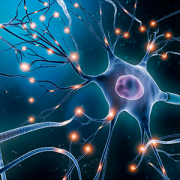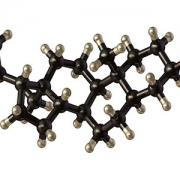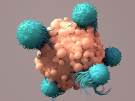Neonatal hypoxia-ischemia causes damage to the cholinergic system

Study suggests permanent injury to the cholinergic system after neonatal hypoxia-ischemia is responsible for the poor executive functions and difficulties in learning and memory.
Newborn babies who go through periods of low oxygen — also known as hypoxic-ischemic encephalopathy — during their first hours of life often experience difficulties in learning, memory and executive functions later on. Even when treated with therapeutic hypothermia, memory deficits and executive functions remain severely affected. These functions are linked to a neurotransmitter network called the cholinergic system.
“Complications from hypoxic-ischemic brain injury contribute to one-quarter of neonatal deaths worldwide and cause significant long-term neurological morbidity,” explains Panagiotis Kratimenos, M.D., Ph.D., neonatologist at Children’s National Hospital and Assistant Professor of Pediatrics at the George Washington University School of Medicine and Health Sciences.
In a study published in the Journal of Comparative Neurology led by Frances Northington, M.D., co-director of Neurosciences Intensive Care Nursery at Johns Hopkins and Professor of Pediatrics at Johns Hopkins University School of Medicine, with contributions from Dr. Kratimenos, the authors found significant injury to the neurons of the cholinergic systems in specific parts of the brain after exposure to low oxygen and restricted blood flow. These areas included the ipsilateral medial septal nucleus (MSN), the ipsilateral nucleus basalis of Meynert (nbM) and striatum. Within the injured part of the cortex at the site of injury, acetylcholine — the neurotransmitter found in cholinergic systems — was abnormally overactivated.
The authors hypothesize that permanent injury to the cholinergic system after neonatal hypoxia-ischemia is responsible for the poor executive functions and difficulties in learning and memory.
“Because cholinergic systems can easily be manipulated pharmacologically with already established treatments that have been used in other areas of medicine, they could be a good a target for therapeutic interventions for neonates with hypoxic-ischemic encephalopathy,” says Dr. Kratimenos.
Read the full article in the Journal of Comparative Neurology.









